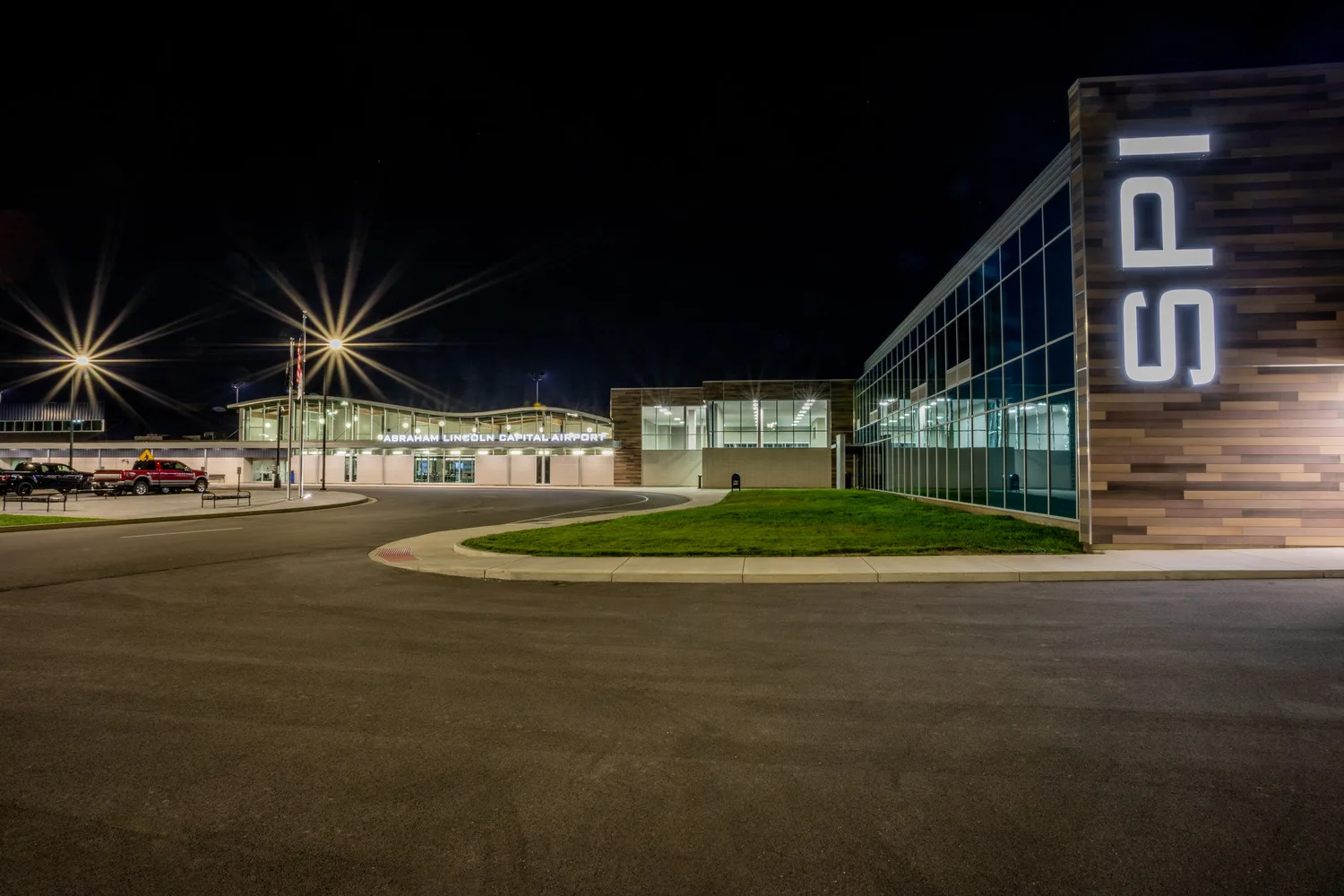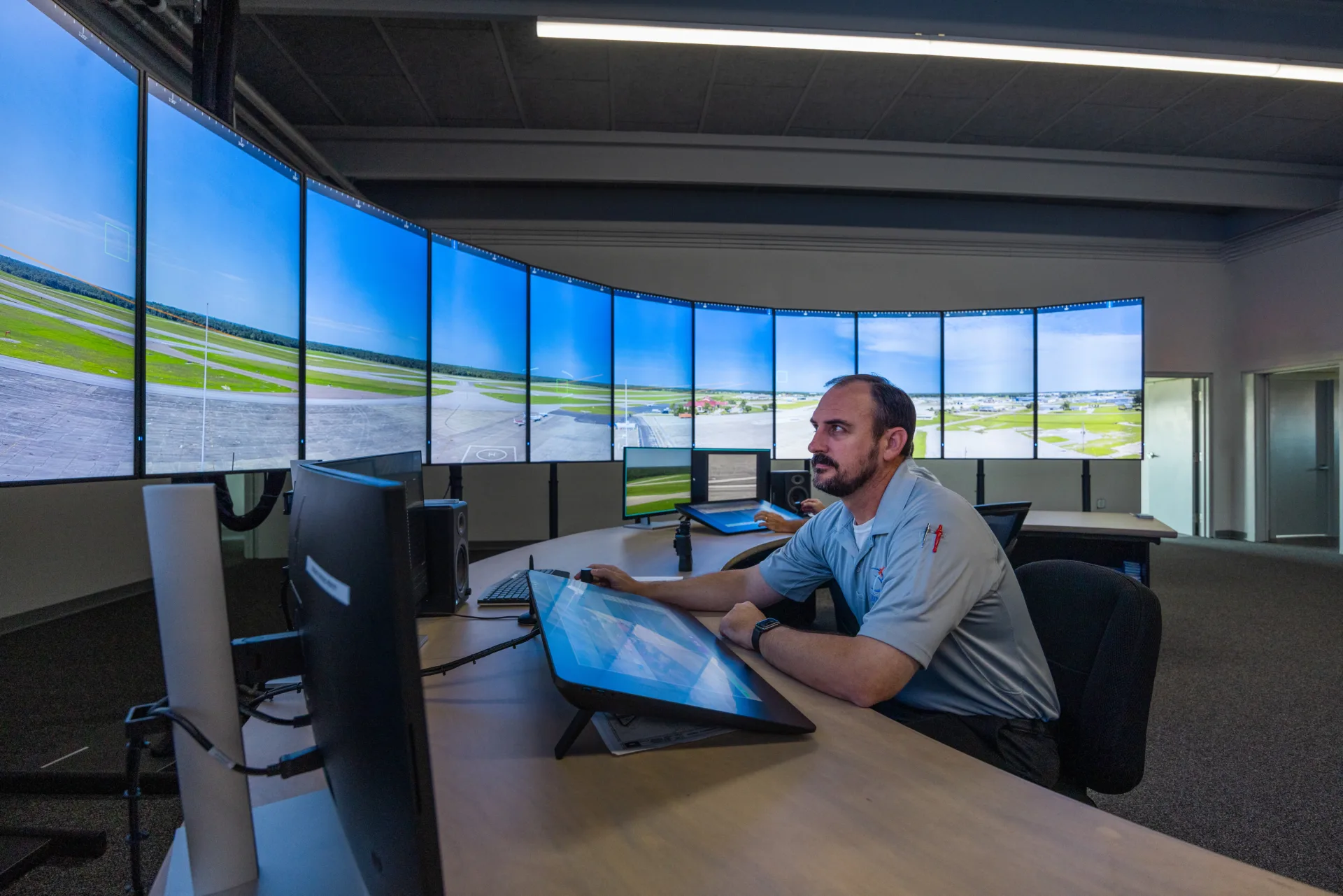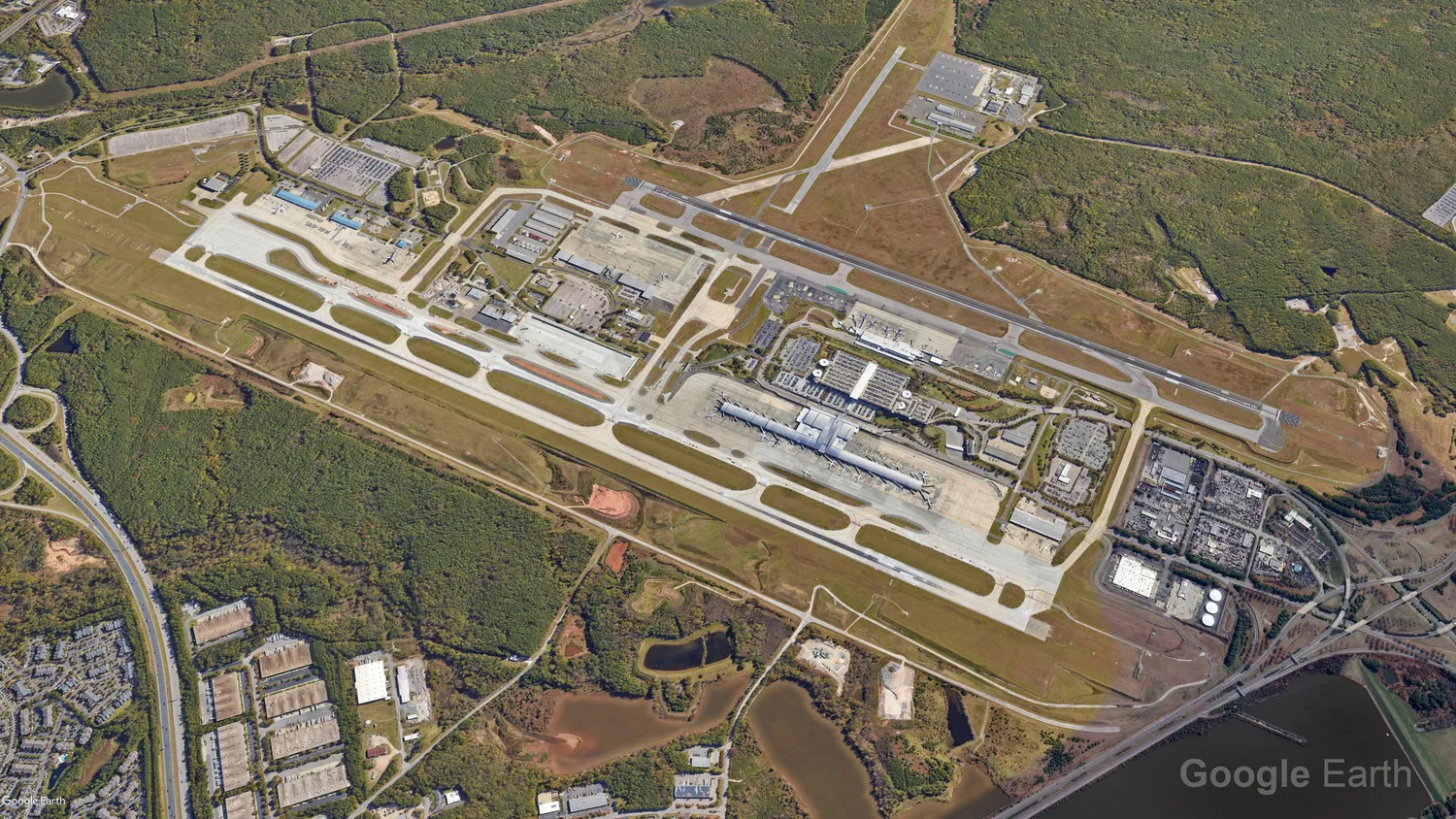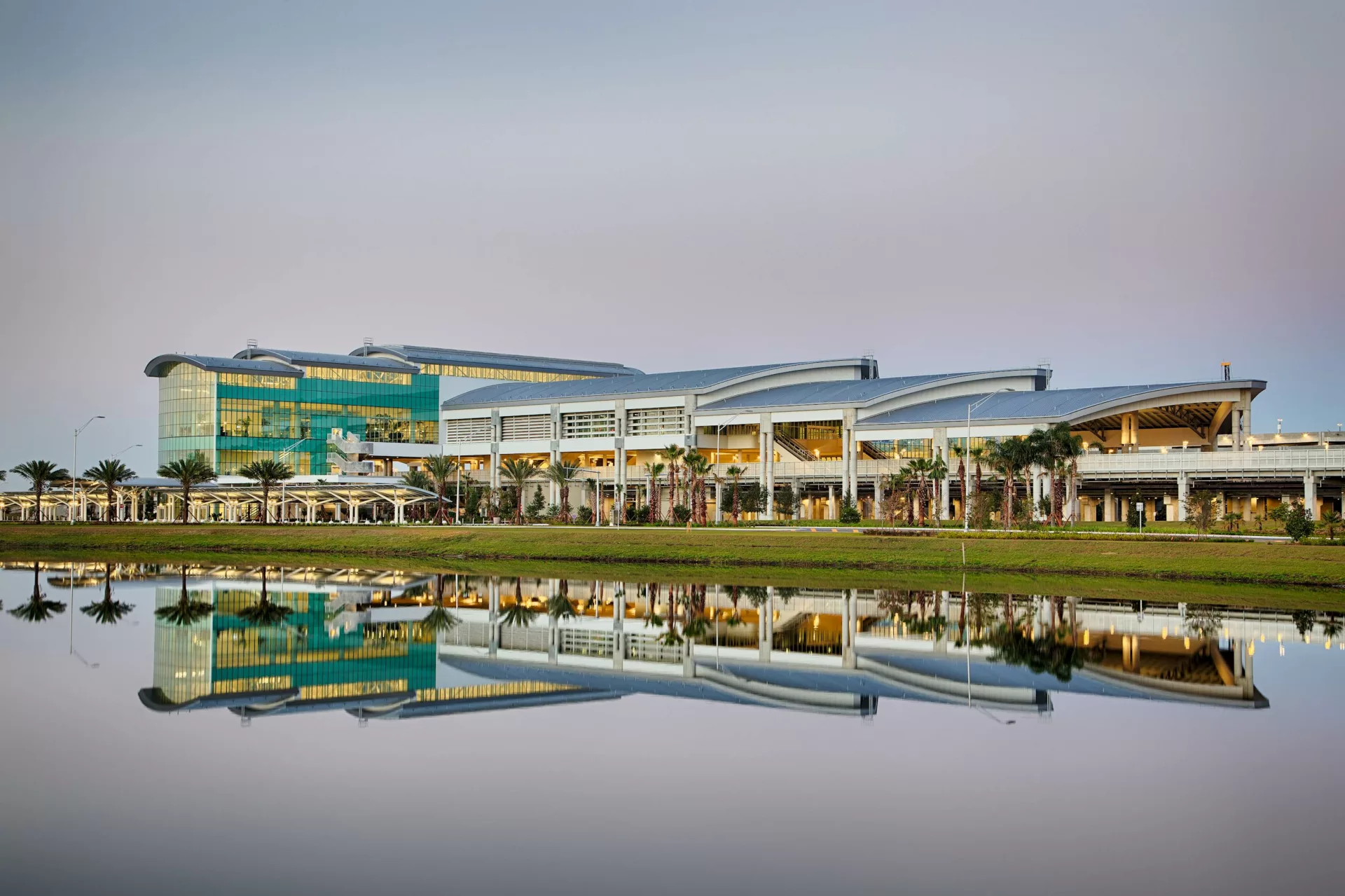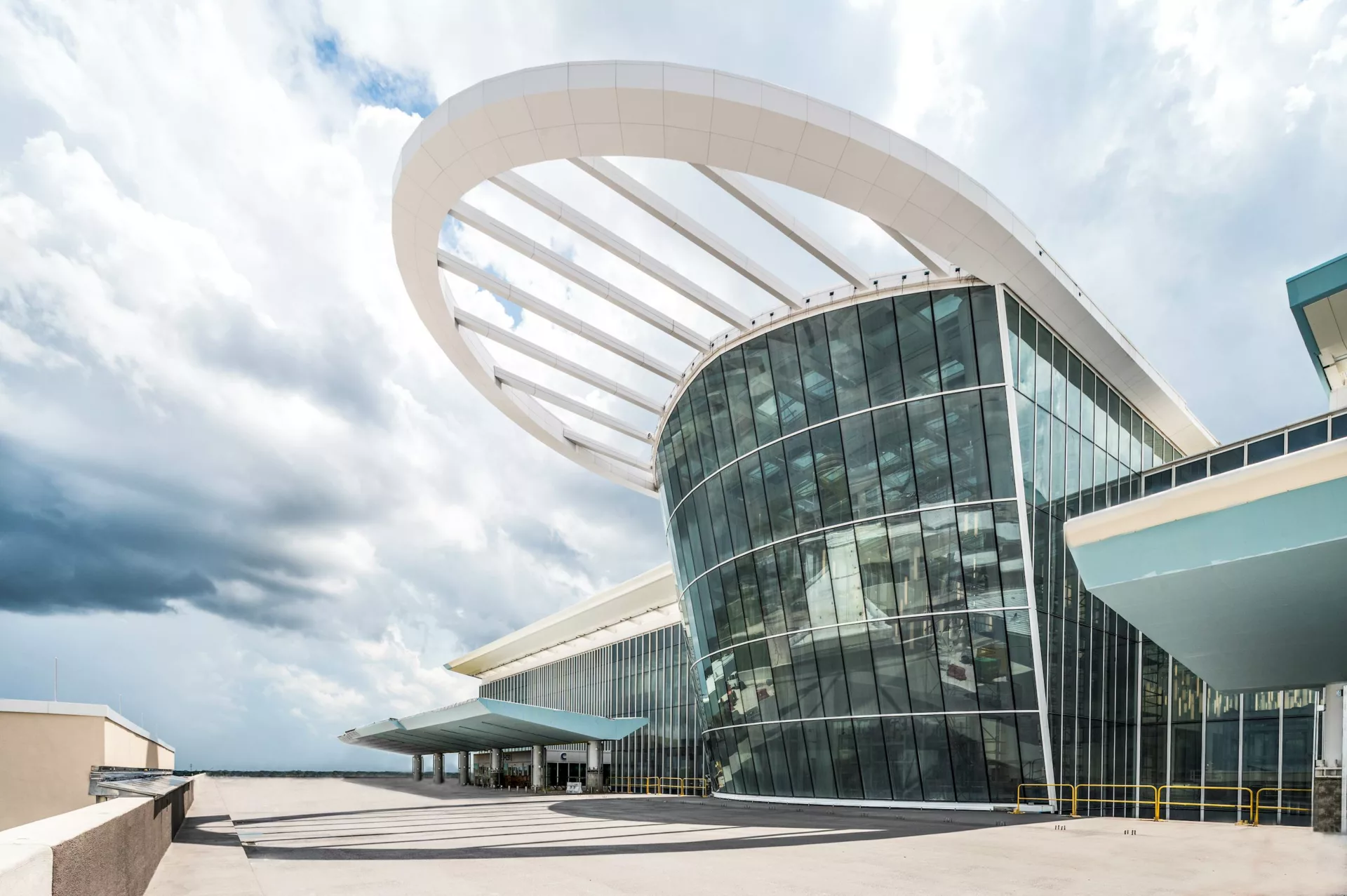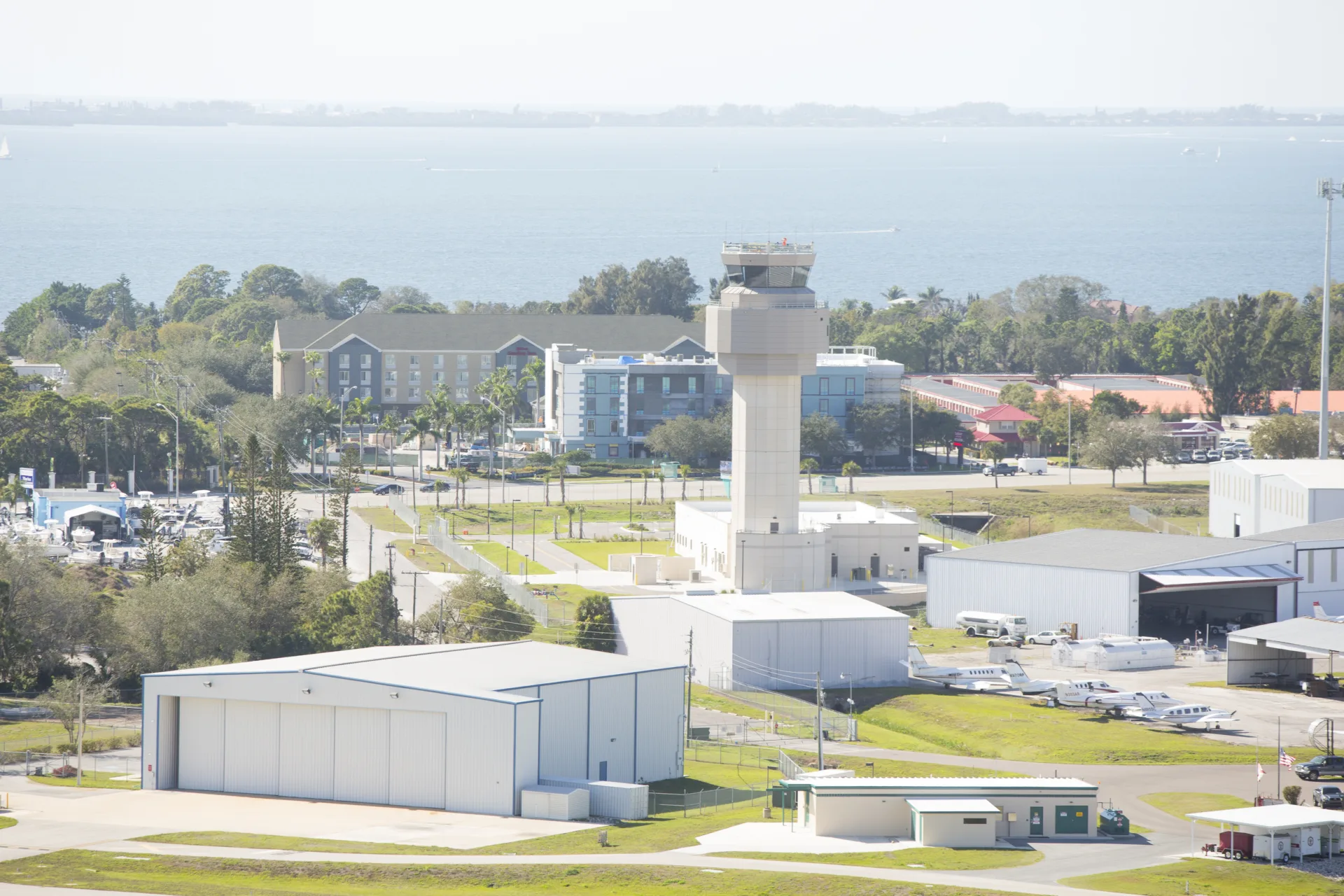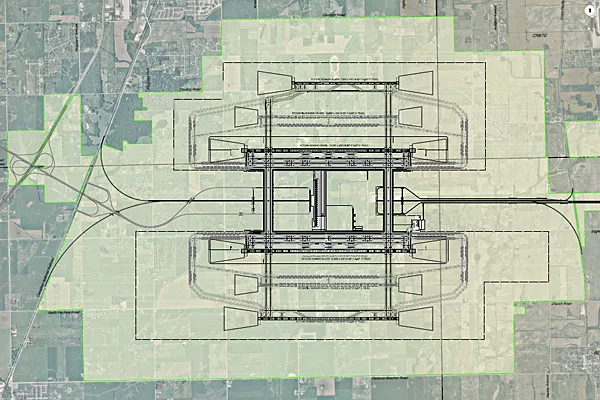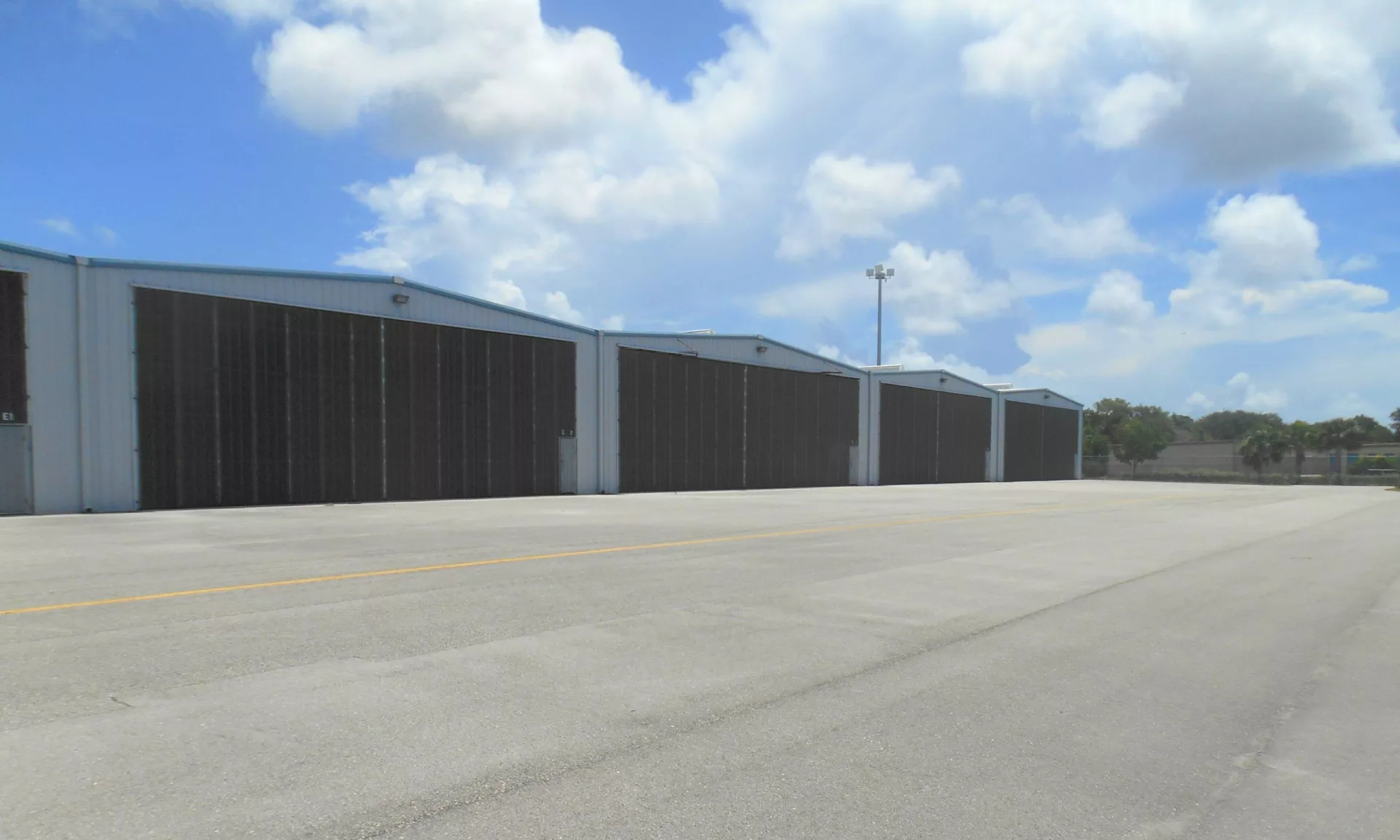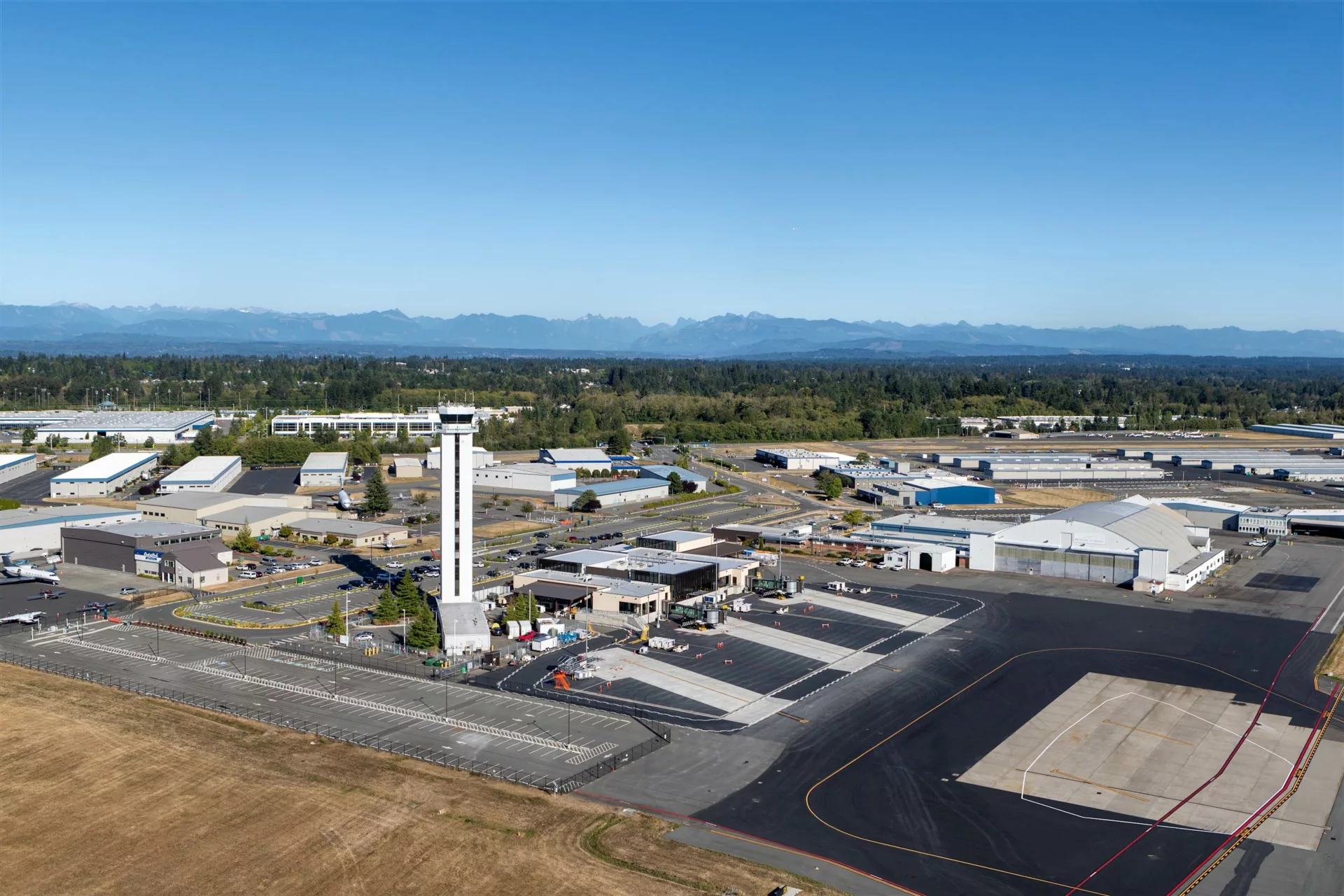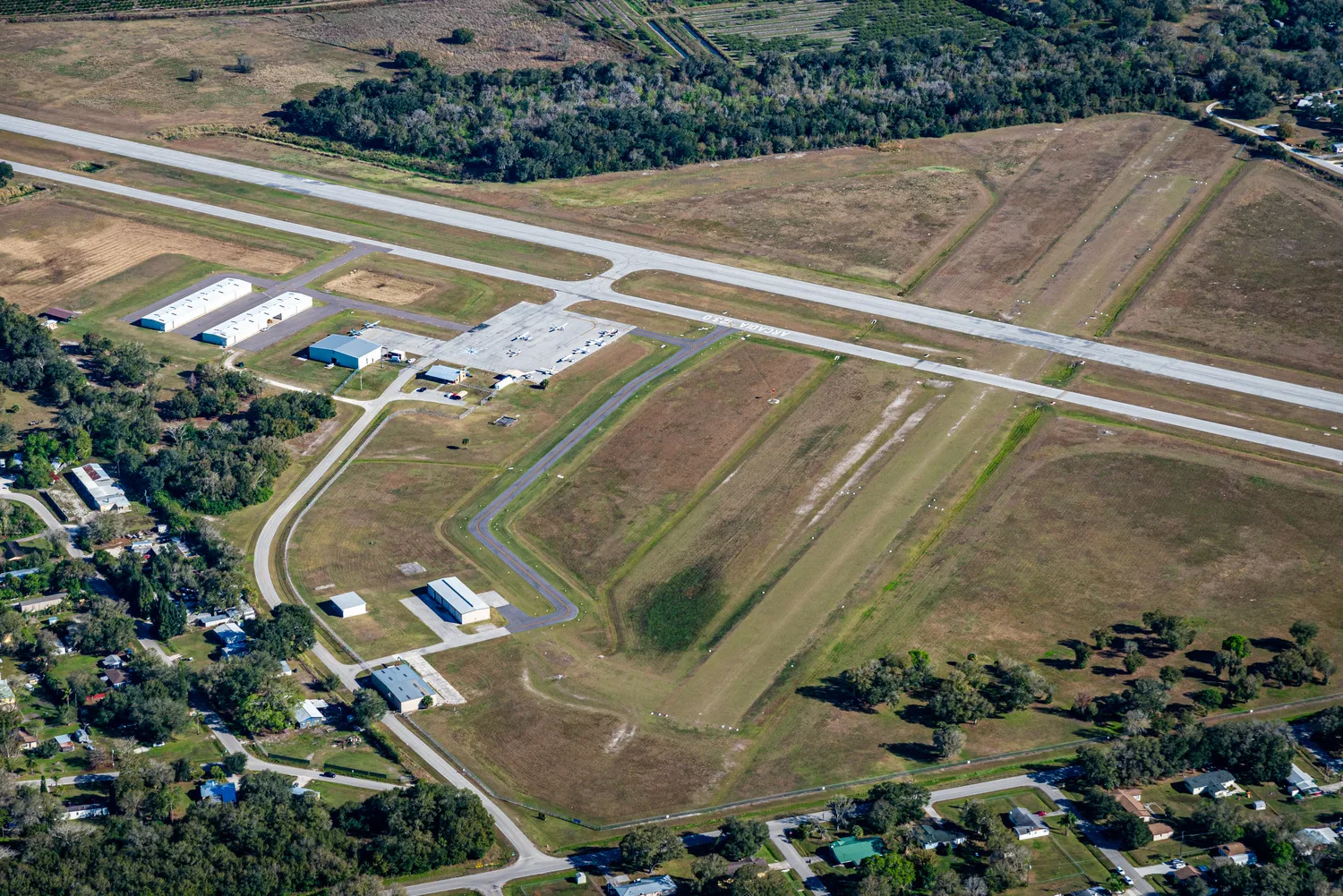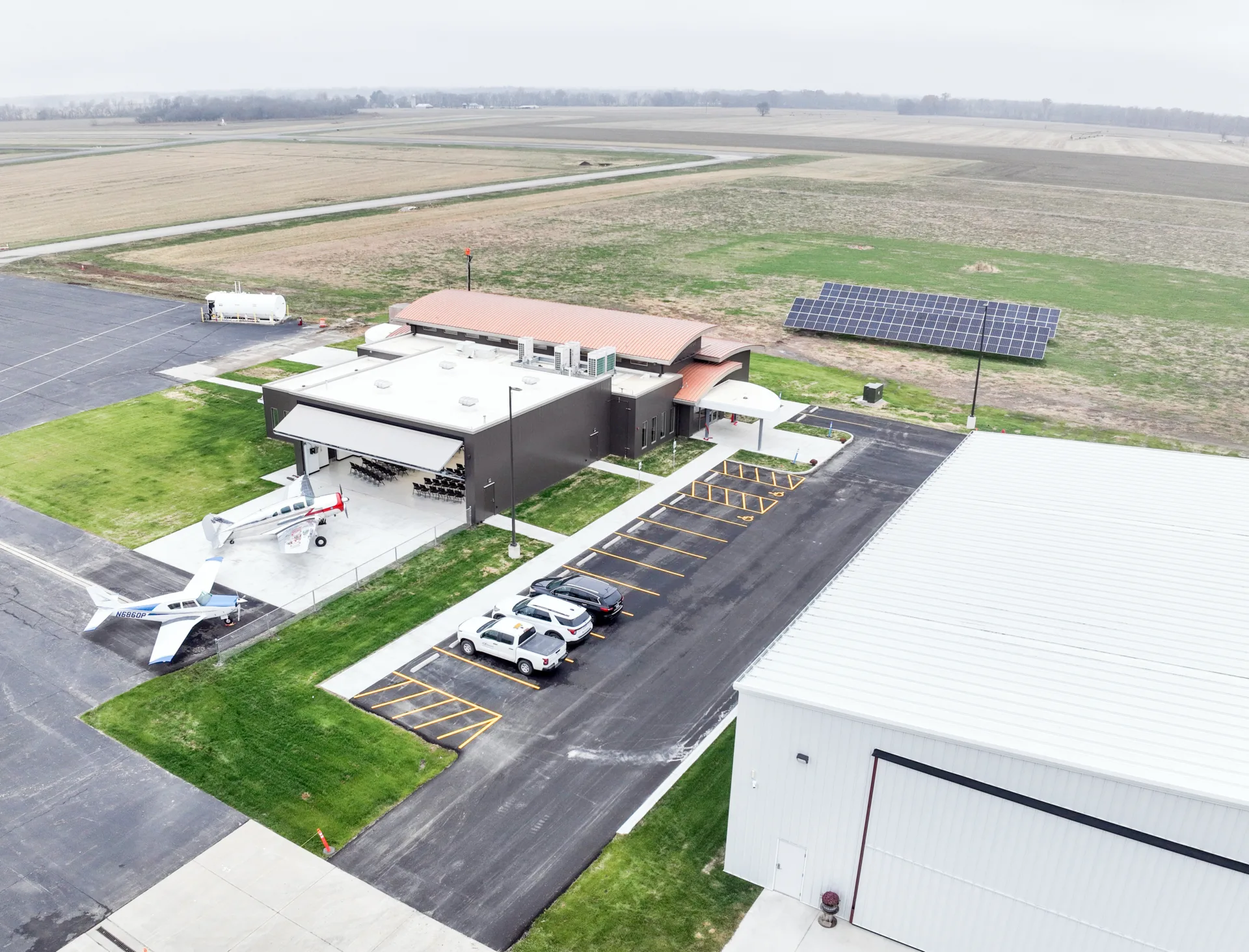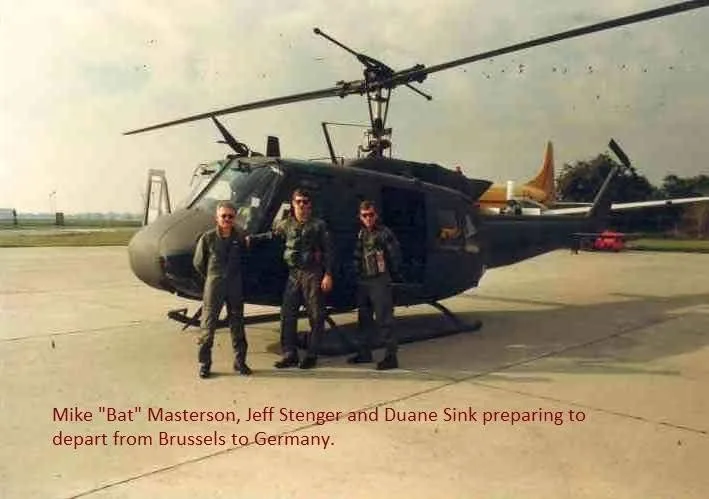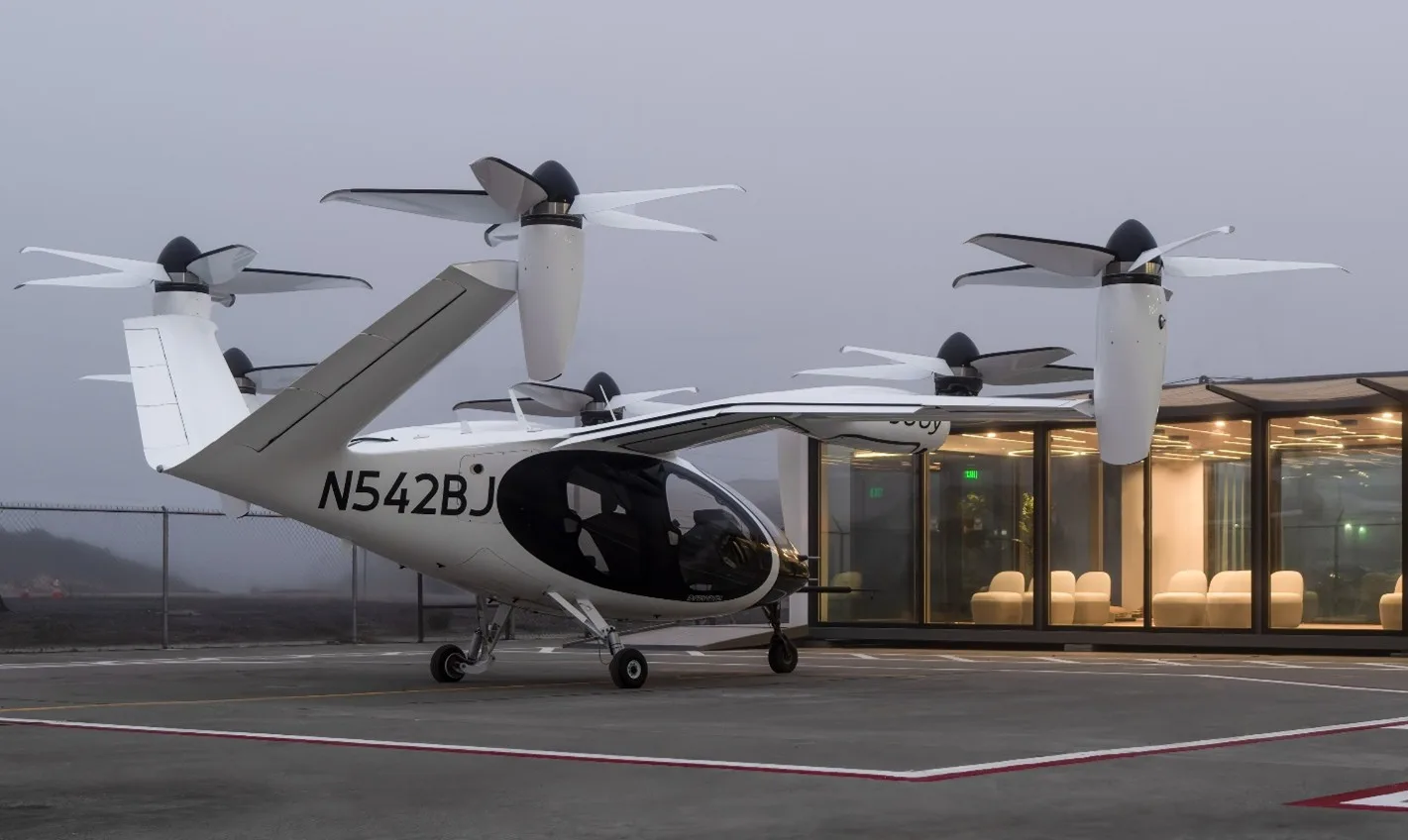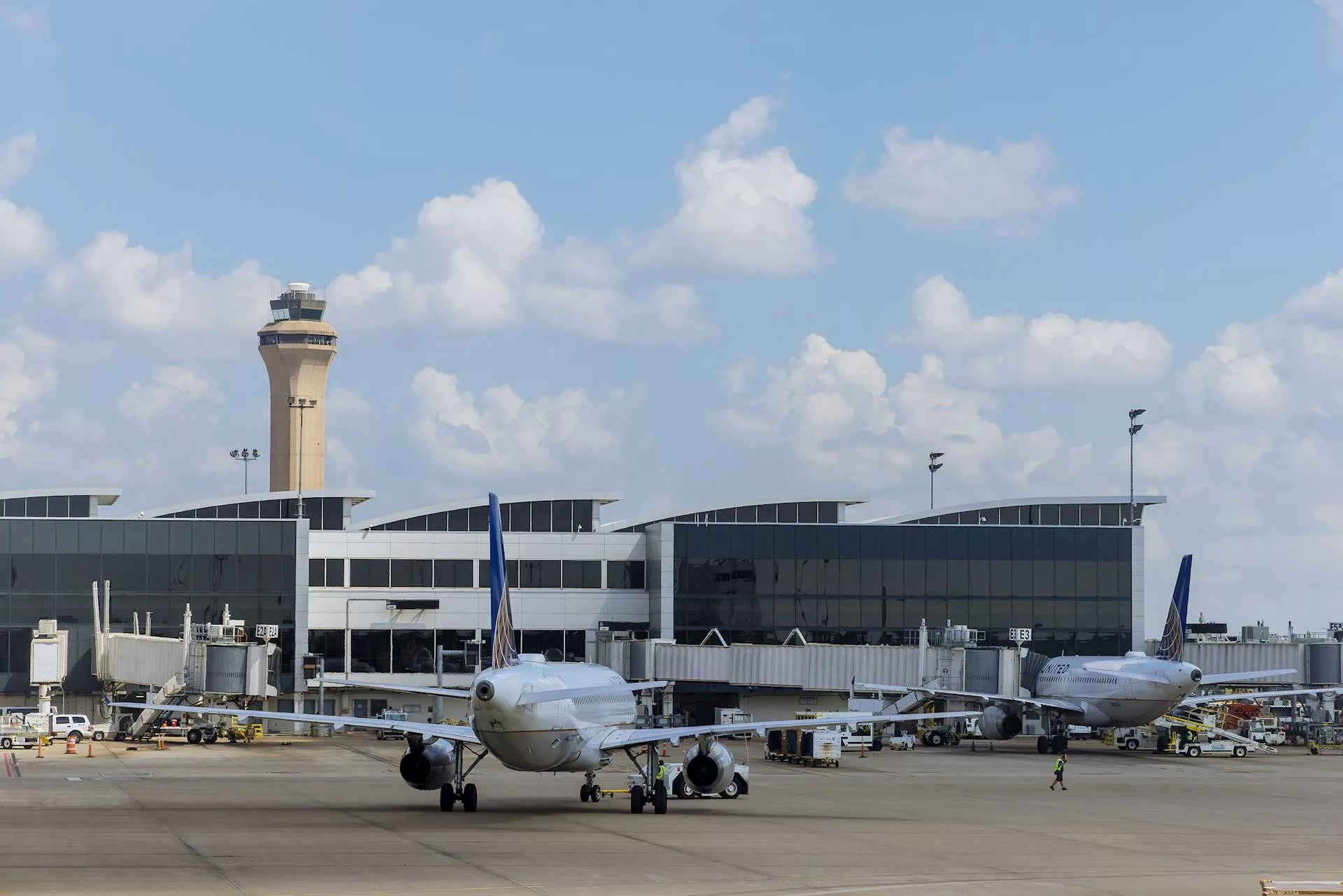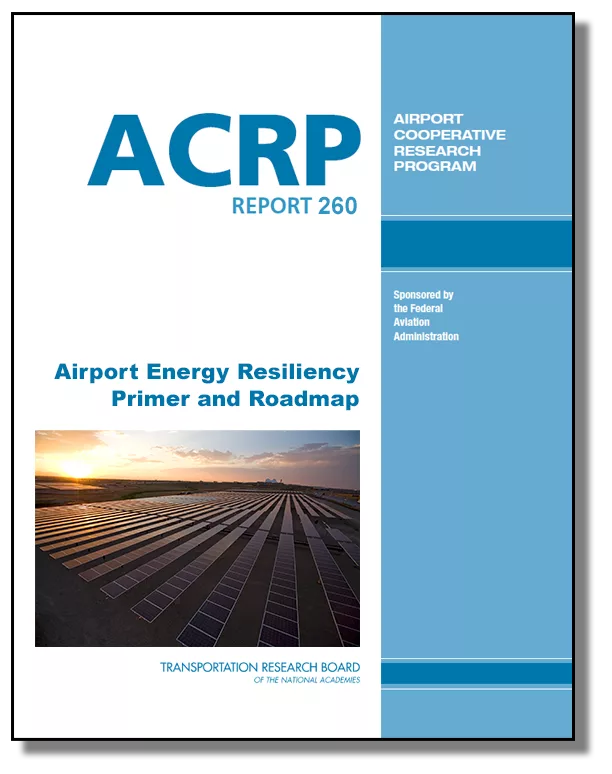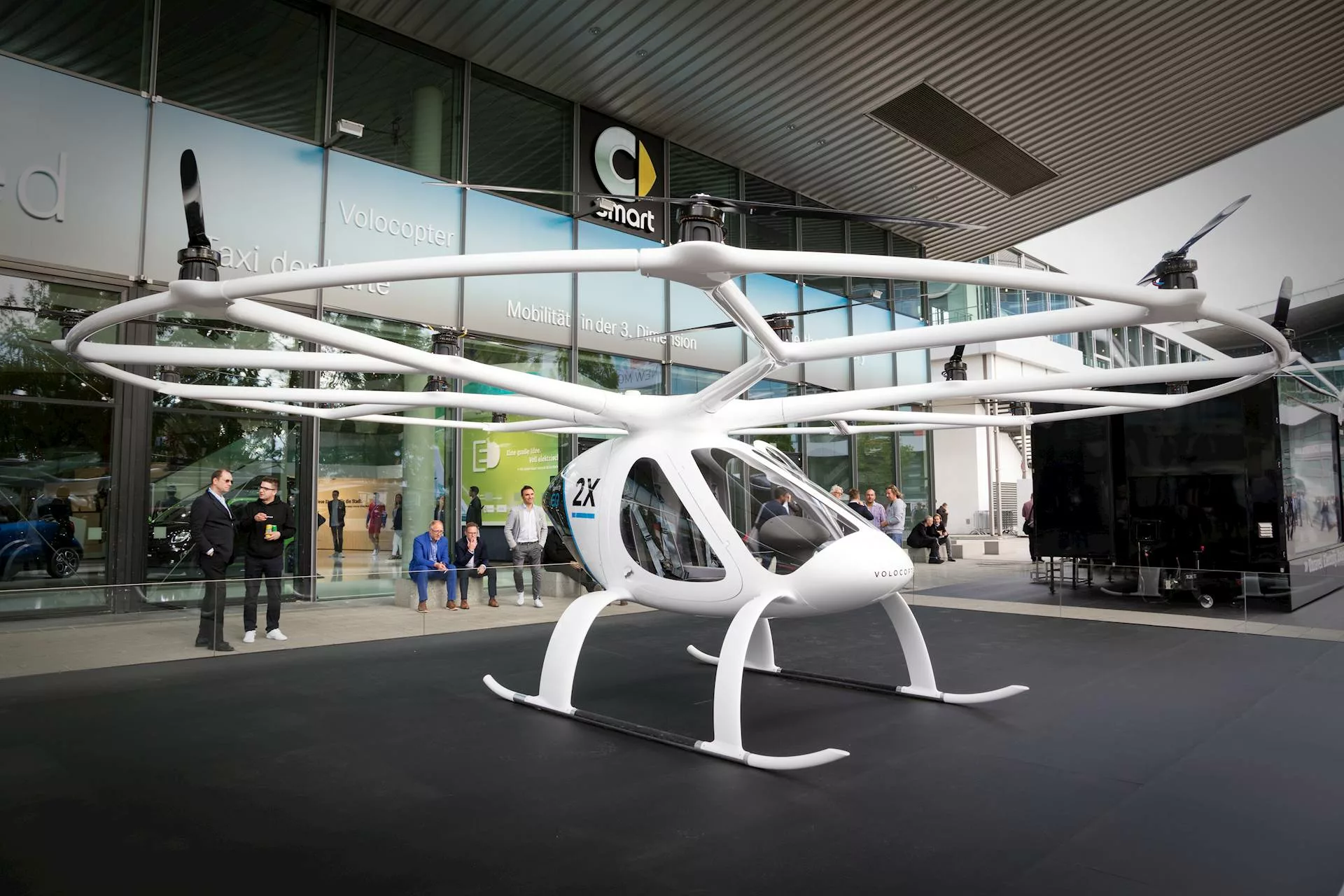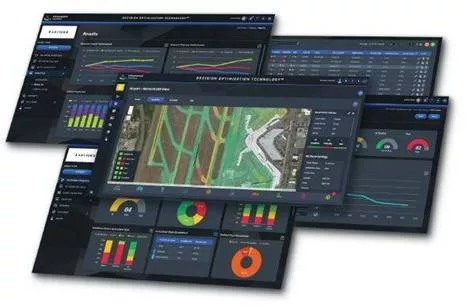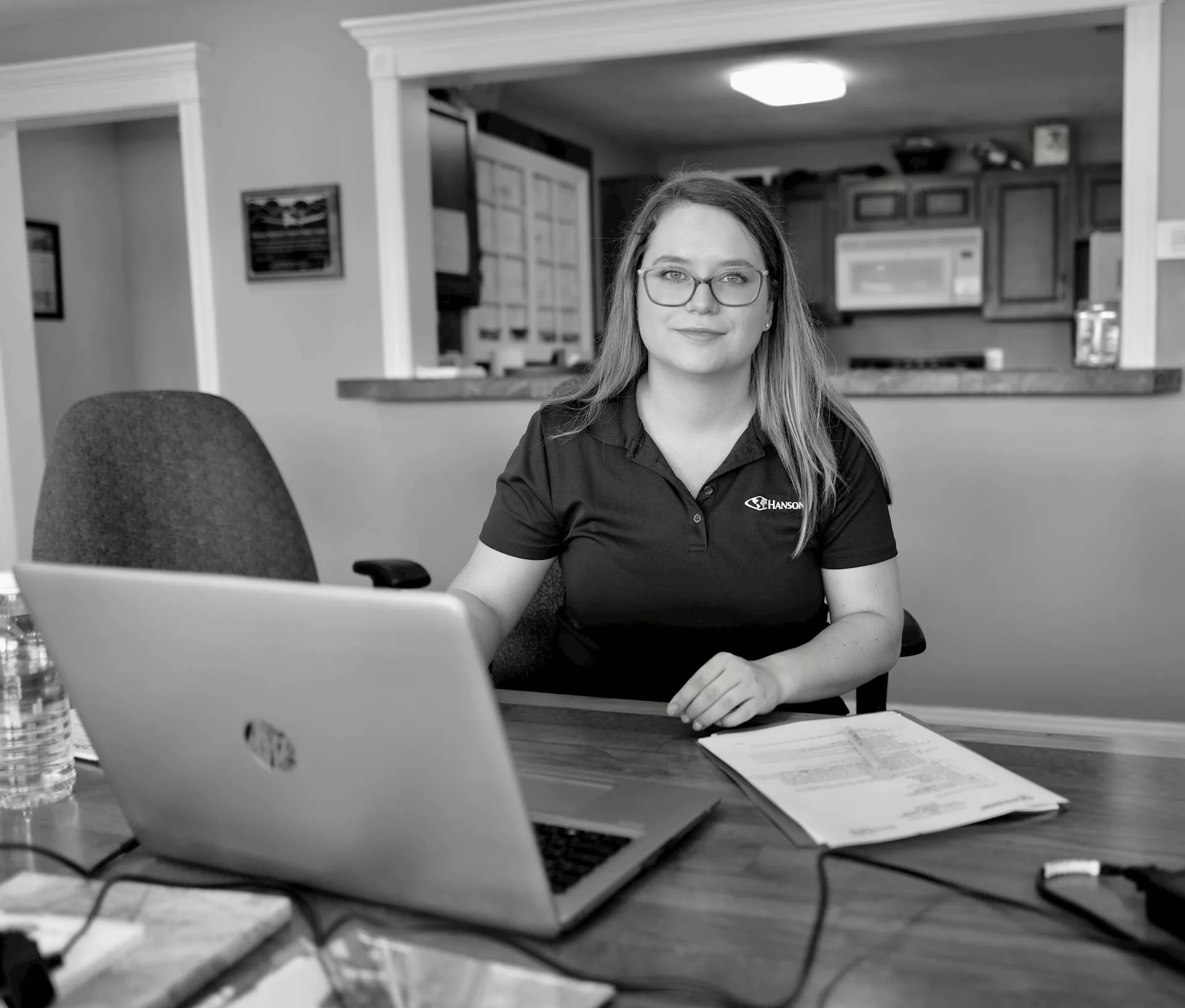Bartow Executive Airport digital tower
The first airport in the U.S. to operate a digital tower is a World War II-era facility that started as a training ground for the U.S. Army Air Corps soon after the war started in 1941. Bartow Executive Airport, in Bartow, Florida, bore the name Bartow Army Airfield at its conception, and in 1955 became Bartow Air Base, a military flight training center.
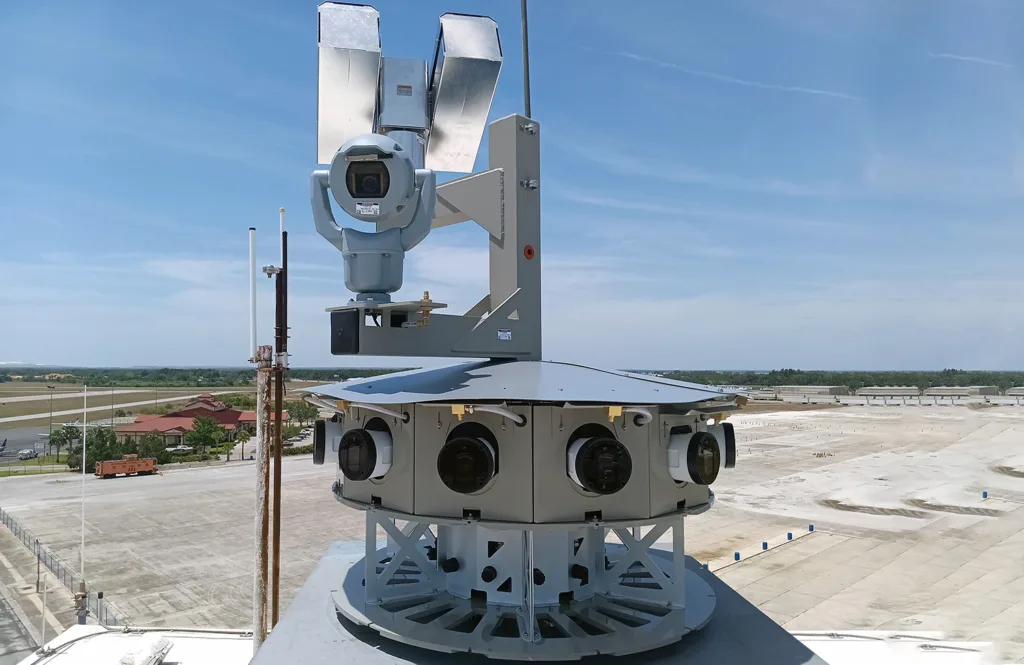
The city of Bartow assumed the airport’s ownership in 1961. Its operation and oversight transitioned to Bartow Airport Authority in 1967 by a special act of the state legislature that established a dependent special district, and the facility continues to serve as a primary pilot training center. In keeping with its rich history, Bartow is embracing the future as the home of the remote tower control center (RTCC), which will initially serve as a training facility and eventually be used to direct Bartow’s air traffic.
Aiming high
Hanson has provided engineering and construction support services for the digital tower, which provides air traffic services remotely through direct visual capture and visual reproduction via cameras. A remote tower module, which includes operator workstations, air traffic management systems and display solutions, facilitates air traffic services. The project involved renovating a building to be used as the RTCC. The work scope included new heating, ventilating and air-conditioning equipment; electrical panels and wiring, with the addition of a backup generator; plumbing; a roof; hurricane-proof external doors and windows; flooring; and the addition of an information technology room, including new fiber throughout the building and fiber connections to the digital towers. The project also included location analysis, structural design, foundation design and power to the digital tower.
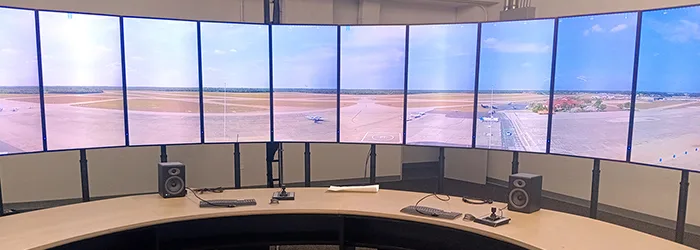
Budget-friendly innovation
When compared to building a traditional airport traffic control tower (ATCT), a digital tower can cost less than half as much to construct, and maintenance costs are a fraction of the amount for a traditional ATCT. A remote tower control center can also be designed to accommodate multiple airports’ digital towers, reducing each facility’s operational costs. Digital towers also increase safety with pan-tilt-zoom cameras that employ visual and infrared sensors, along with light gun capabilities. Their bounding box function allows controllers to easily track aircraft in pattern and identify in-motion hazards, both airborne and within the movement areas on the ground.
For the RTCC project, Hanson functioned as the designer and general contractor, working closely with the digital tower software and hardware vendor, Frequentis.
In partnership with Frequentis, a global supplier of communication and information systems for control centers with safety-critical tasks, Hanson can be your source for RTCC installations.

Learn how we can help you position your airport to accommodate future technology and thrive for the long term.

From runway extensions to terminal design and SMART airport planning, we can give your vision wings.
